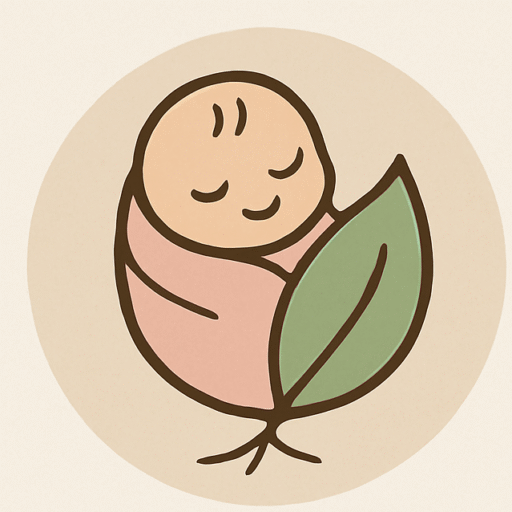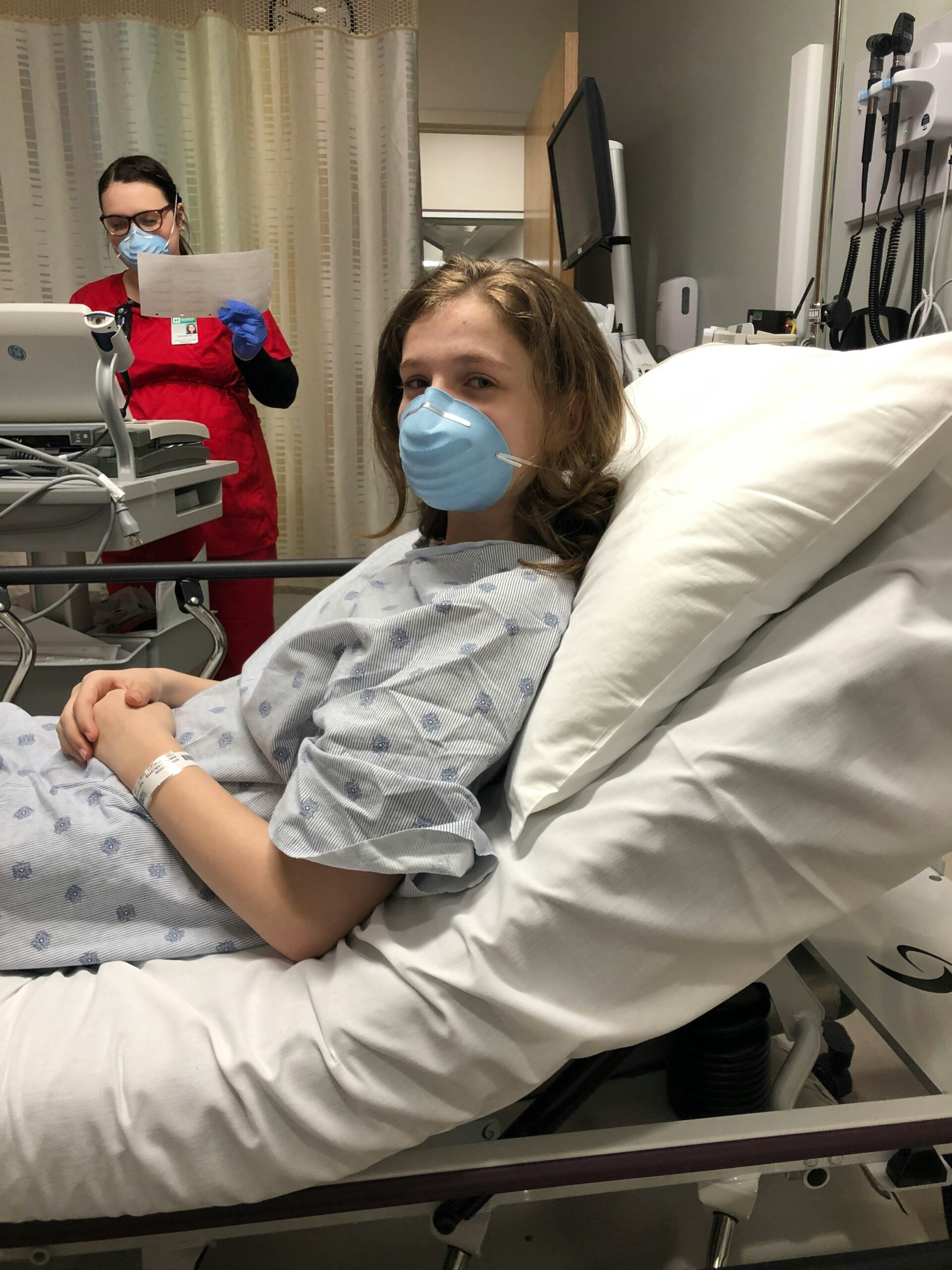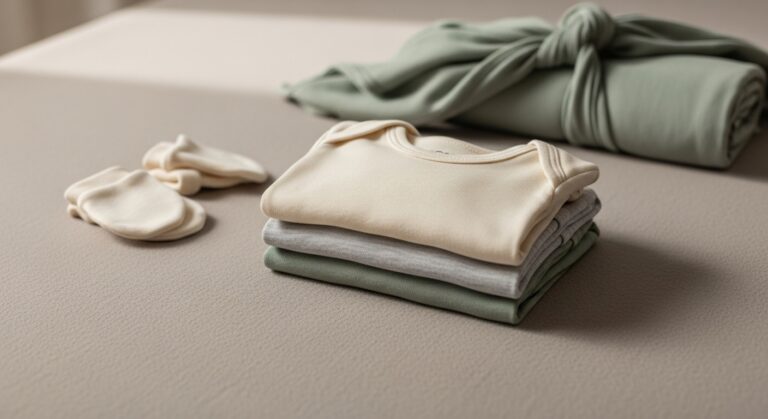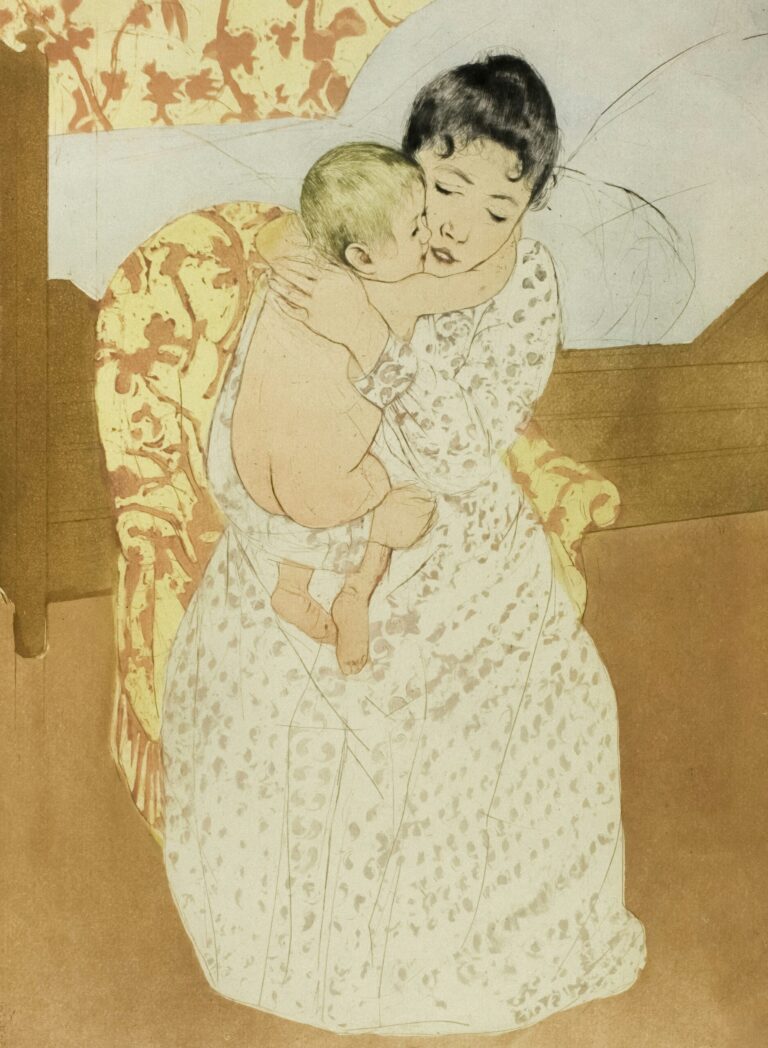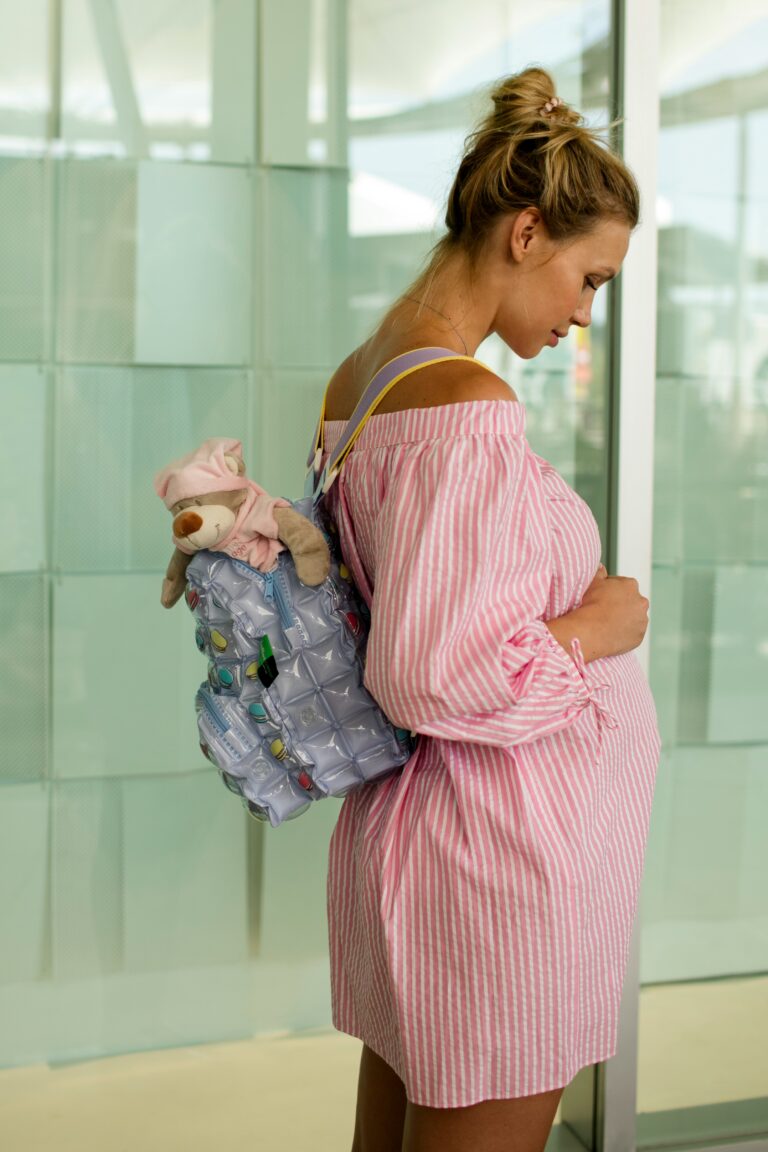Recovering From C-Section
The moment I held my baby for the first time, everything around me faded. The bright lights, the cold operating room, the fear—it all quieted as that tiny body rested on my chest. But the hours and days that followed were harder than I imagined. The pain was deeper than physical. I felt tender, stitched both inside and out, trying to bond while healing and wondering if it was okay to ask for help. If you’re walking through C-section recovery right now, I want you to know: you’re not alone. You’re healing from major surgery and becoming a mother. That takes strength. And grace.

Give Yourself Permission to Rest
You just delivered a baby through abdominal surgery. This is not a minor event—yet so many moms feel pressured to “bounce back.” Please don’t.
- Prioritize rest every chance you get.
- Accept help from family, friends, or your partner—even if it feels awkward.
- Keep your baby close but use safe tools (like a bassinet with adjustable height) to avoid unnecessary strain.
Your body deserves gentleness, not expectations. Lying down often and avoiding lifting anything heavier than your baby in the first few weeks is an act of wisdom, not weakness.
Understand the Physical Healing Timeline
C-section recovery can vary, but there are common stages that help you track what’s normal and when to ask for help.
First 1–2 weeks:
- Soreness and pain around the incision
- Trouble moving easily—getting in/out of bed takes time
- Fatigue and abdominal tenderness
Weeks 2–6:
- Gradual return to mobility
- Incision may itch or feel numb in parts
- Light activity like walking becomes easier
6+ weeks:
- You may be cleared for more activity
- Some moms still feel twinges or tightness in the scar
- Full recovery (inside and out) can take months
Listen to your body. If something doesn’t feel right—pain, fever, redness around the scar, or emotional distress—reach out to your care provider.

Care for Your C-Section Incision
Your incision needs gentle attention as it heals. Here’s how to keep it safe and minimize discomfort:
- Keep it dry and clean. Pat it dry after showers, and don’t apply creams or oils unless directed.
- Wear breathable, loose-fitting clothes to prevent rubbing. High-waisted undies or soft postpartum leggings are helpful.
- Support your belly with a postpartum wrap or pillow when you cough, laugh, or sneeze.
- Avoid lifting, twisting, or bending too much in the early weeks.
If your incision becomes red, hot, swollen, or starts oozing—contact your doctor right away.
Move Gently and Slowly
While rest is vital, gentle movement also helps with circulation, digestion, and mental clarity.
Start with:
- Short walks around the room or house
- Light stretching and breathing exercises
- Standing and sitting with core support (use your hands or a pillow)
Avoid crunches, intense lifting, or long periods of standing. Let movement feel soothing, not stressful.
Nourish Your Body for Healing
Your body needs healing fuel now more than ever. Even if your appetite is low or you’re focused on baby, try to eat in a way that supports recovery.
- Protein-rich foods: eggs, beans, fish, chicken, nuts
- Iron and fiber: leafy greens, lentils, oats
- Hydration: drink plenty of water—especially if you’re breastfeeding
- Bone broth, soups, and smoothies: easy to digest and full of nutrients
Prepare snack baskets or freezer meals ahead if possible—or ask loved ones to help stock your fridge with healing foods.

Honor Your Emotions
C-sections—especially unplanned ones—can stir up big feelings. You may feel grateful and disappointed. Relieved and overwhelmed. That’s okay.
You might be grieving the birth you imagined. You might feel disconnected from your body or your baby. Please know these feelings are common—and you are still an incredible mom.
- Talk to someone you trust
- Write about your birth story in a gentle, non-judging way
- Seek postpartum therapy if you’re feeling persistently low, anxious, or numb
Emotional healing is just as real and important as physical healing.
Breastfeeding After a C-Section
Breastfeeding after a C-section can come with unique challenges—positioning, pain, fatigue—but it’s absolutely possible.
Helpful nursing positions:
- Side-lying: Lie on your side and have baby latch from the side—gentle on the incision
- Football hold: Baby is tucked under your arm, away from your belly
- Cradle hold with pillow: Use a firm nursing pillow to protect your incision
Don’t hesitate to get help from a lactation consultant, especially in the hospital. Breastfeeding is a learned skill, not an instinct. Support makes all the difference.
Ask for and Accept Help
You’re not supposed to do this alone. Whether it’s your first baby or your fourth, recovering from a C-section and caring for a newborn at the same time is a full-body experience.
Ways others can help:
- Bring meals or snacks
- Hold the baby while you nap or shower
- Tidy up the kitchen or run errands
- Watch older siblings or walk the dog
- Simply sit with you and offer encouragement
You don’t need to prove anything. Receiving help is an act of strength and self-love.

Be Gentle With Rebuilding Strength
Around 6–8 weeks, many moms feel ready to start rebuilding physical strength. But slow and steady wins here.
- Ask your doctor before starting any workouts
- Focus on core restoration and pelvic floor support first
- Look into postpartum-friendly movement like yoga, Pilates, or walking
- Avoid high-impact or abdominal-heavy exercises until cleared
If your core feels weak, your back aches, or you’re leaking urine, a pelvic floor therapist can help you heal safely and completely.
What No One Tells You About Recovery
- You may feel a numb patch around the scar for months—or longer.
- Gas pains in your shoulders after surgery are real and painful.
- Coughing, laughing, or sneezing can be surprisingly intense.
- Your emotions may swing wildly, especially in the first 2 weeks.
- It’s okay to feel proud and sore. Strong and scared.
Recovery is layered. You’re not doing it wrong if it feels hard.
Words for the Mama in Recovery
You don’t need to look like you’re okay before you are okay.
You don’t need to be productive. You just need to be present.
You are recovering, bonding, learning, and mothering—all at once.
That’s more than enough.
Please take it slow. Please ask for what you need. You are not behind—you’re healing.
Final Thoughts
C-section recovery is not linear or easy—but it is possible with support, grace, and gentleness. You are not less of a mother because your birth came through surgery. You are brave. You are healing. And you are allowed to take up space as you rest, recover, and find your way forward.
There’s no prize for pushing through pain. But there is peace in listening to your body, honoring your experience, and surrounding yourself with care.
💛 Save This on Pinterest
Was this post helpful? Save it to your C-section recovery or new mom support board on Pinterest so you can revisit it anytime. And tell us in the comments—what helped you most during recovery?

